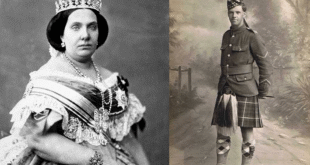Spain’s Directorate-General for Website traffic (DGT) has actually revealed numerous adjustments to the nationwide website traffic policies from 2025 onwards. Among one of the most considerable adjustments is that bicyclists will certainly have the ability to cycle in the contrary instructions to website traffic on a one-way road, although with a reasonable couple of problems, and just on single-lane roadways with a 30 km/h limitation.
An additional considerable adjustment is that bicyclists will certainly have the ability to surpass car on the right or left on busy stretches of roadway in city locations. On the other hand, in cities they should ideally maintain to the details lanes yet, stopping working that, they will certainly have the ability to ride in the centre of the roadway. When it comes to evening biking or riding in inadequate light problems, bicyclists should utilize accepted reflective components that can be seen at a range of a minimum of 150 metres – this will certainly be required.
When it comes to the responsibilities of various other lorry individuals, chauffeurs should preserve a minimum of a five-metre security range from a bicyclist when on the carriageway. Additionally, when when traveling, any individual surpassing a bicyclist needs to do so at an optimum of 20 km/h listed below the rate limitation appropriate to the stretch of roadway on which they are taking a trip and the surpassing lorry needs to leave a minimal side splitting up of 1.5 metres.
These brand-new regulations for bicyclists remain in enhancement to the ones currently in position, that include a restriction on using cellphones or earphones linked to receivers or audio gamers and, obviously, no alcohol.
Using safety helmets in the areas and cities is required for those under 16 years old and out on the highways it is required for all bicyclists, with some exemptions. To go across a pedestrian going across bicyclists should get down, unless it is a going across for bicyclists. It is likewise prohibited for them to ride on sidewalks and pedestrian locations, unless it is signposted as a cycle lane for shared usage with pedestrians.
Also, bicyclists should follow all website traffic indications and signal manoeuvres (turns, switches and lane and more), along with suggesting when stopping hard by relocating your arm at the same time backwards and forwards, with brief, fast activities.
On top of that, bicyclists have concern over car in a cycle lane, on a cycle course or on an effectively significant tough shoulder. In all various other scenarios, they should appreciate the top priorities of various other roadway individuals as developed by the typical regulations and indications.
 Costa News Spain Breaking News | English News in Spain.
Costa News Spain Breaking News | English News in Spain.






